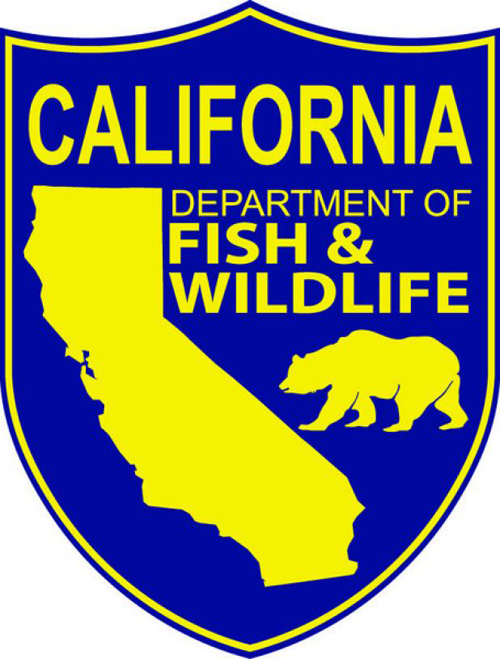
Your Source for Outdoor Adventure
Northern California and Southern Oregon
What happened to the trout fishery in Lake Oroville?
by Carrie Wilson
4-8-2010
Website

The brown trout program was considered unsuccessful because they were hard to catch and so the return to creel was too low to justify continuing the program.
The first coho program began in the 1980s as a net pen operation in Lake Oroville. It was discovered that when fish were grown to larger sizes to meet angler expectations they developed a bacterial disease that infected their kidneys. To protect other fishery resources, DFG ordered these fish destroyed.
The coldwater fishery program for the lake was then changed to inland Chinook (king salmon) that were planted in the 1990s.This provided a good fishery for several years. Then in 1998 and 2000, Chinook salmon at Feather River Hatchery (which receives lake water) started getting infected with the haematopoietic necrosis (IHN) virus, which killed up to a quarter of the Chinook salmon smolts DFG raised. Also in 2000, the entire inland Chinook program for Lake Oroville became diseased with IHN and had to be destroyed. After much research it was determined that the virus was being sustained and multiplied by the large numbers of salmon in the lake. The virus probably originated at a very low level in the river that flowed into the lake (created by the Oroville Dam built in 1968) but had been kept undetectable by the lack of good hosts. The disease has always been found in fish below the dam and in returning salmon adults every year.
After more research to determine which fish would not be good hosts for the virus, coho were again planted, but this time, in an effort to avoid the bacterial kidney disease problem, they were raised at the hatchery annex on well water instead of in net pens in the lake.
So far this program seems to be a success, but Mother Nature is always unpredictable, so the time may come when we have to adapt again, and further complicate the story of fish planting in Lake Oroville.
Carrie Wilson is a marine environmental scientist with the California Department of Fish and Wildlife. While she cannot personally answer everyone’s questions, she will select a few to answer each week in this column. Please contact her at CalOutdoors@wildlife.ca.gov.
MyOutdoorBuddy.com © 2025. All Rights Reserved.
Website Hosting and Design provided by TECK.net
Website Hosting and Design provided by TECK.net